Because No Eye Is Perfect
Discover Clearly Better Vision with Wavefront Technology LASIK surgery has come a long way since the first LASIK procedure was performed in the early...
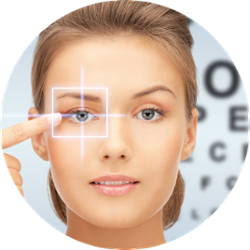
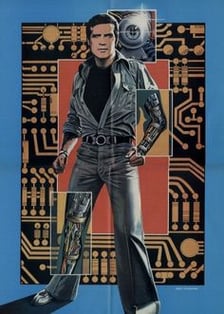 You may remember the popular TV series, “The Six Million Dollar Man.” Col. Steve Austin, played by actor Lee Majors, was an astronaut severely injured in a crash. Through the miracles of technology, Austin was “rebuilt.” Bionic implants in his right arm, legs, and left eye resulted in superior strength, speed and vision, earning him the moniker “The Bionic Man.” It’s hard not to fantasize about the experience!
You may remember the popular TV series, “The Six Million Dollar Man.” Col. Steve Austin, played by actor Lee Majors, was an astronaut severely injured in a crash. Through the miracles of technology, Austin was “rebuilt.” Bionic implants in his right arm, legs, and left eye resulted in superior strength, speed and vision, earning him the moniker “The Bionic Man.” It’s hard not to fantasize about the experience!
Now more than four decades later, bionic eye technology is a reality for patients with Retinitis Pigmentosa, a degenerative eye disease. The condition slowly damages the back of the eye (the retina) and can eventually lead to complete blindness. Approved by the Food and Drug Administration (FDA), an artificial retina procedure uses a tiny camera and transmitter in special eyeglasses that transmit impulses to the retina’s healthy cells. The result allows limited restored vision and is dubbed a “bionic eye.”
Exciting technological developments like this offer real hope to restore and improve eyesight for those with serious eye disease. But innovative technologies are developing to treat common vision conditions such as:
All conditions that cause people to be burdened by glasses or contacts to improve vision.
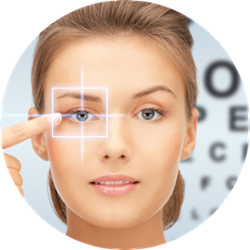 LASIK vision correction is one such technology that can truly change the lives of people who depend on cumbersome glasses or contacts to see more clearly. LASIK was first introduced in 1996, and according to the FDA, more than 600,000 Americans a year have the procedure performed. LASIK uses advanced excimer laser technology to quickly and painlessly alter the shape of the cornea, allowing light to properly focus on the retina at the back of the eye. When light focuses properly, clear vision is the result.
LASIK vision correction is one such technology that can truly change the lives of people who depend on cumbersome glasses or contacts to see more clearly. LASIK was first introduced in 1996, and according to the FDA, more than 600,000 Americans a year have the procedure performed. LASIK uses advanced excimer laser technology to quickly and painlessly alter the shape of the cornea, allowing light to properly focus on the retina at the back of the eye. When light focuses properly, clear vision is the result.
While LASIK isn’t exactly “bionic vision,” the procedure often results in 20/20 vision.
Find out if this technology can work for you by scheduling a free LASIK consultation at Rochester Eye and Laser Center with our "superior" surgeon, Dr. Kenneth Lindahl. During this comprehensive eye exam, Dr. Lindahl provides detailed information about the procedure, the risks, and what results may be achieved for each unique patient.
While Rochester Eye & Laser Center can’t promise bionic vision; Dr. Lindahl can analyze your eye characteristics and overall health to determine if LASIK is the right choice for you. Call 585-232-2560 to schedule your free LASIK Consultation, or visit www.rochestereyecenter.com to schedule your appointment online.
Take a step closer to living the “Six Million Dollar Man” adventure!

Discover Clearly Better Vision with Wavefront Technology LASIK surgery has come a long way since the first LASIK procedure was performed in the early...
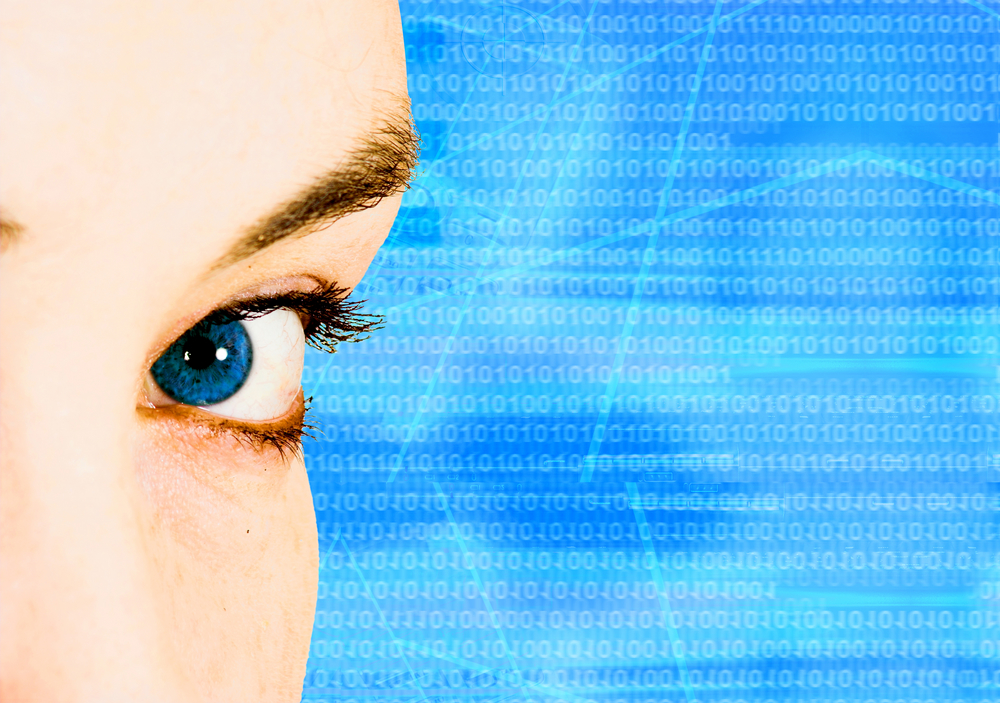
1 min read
Are you considering LASIK surgery OVER age 45? Do you currently wear reading glasses, bifocals, or readers over your contact lenses for near...
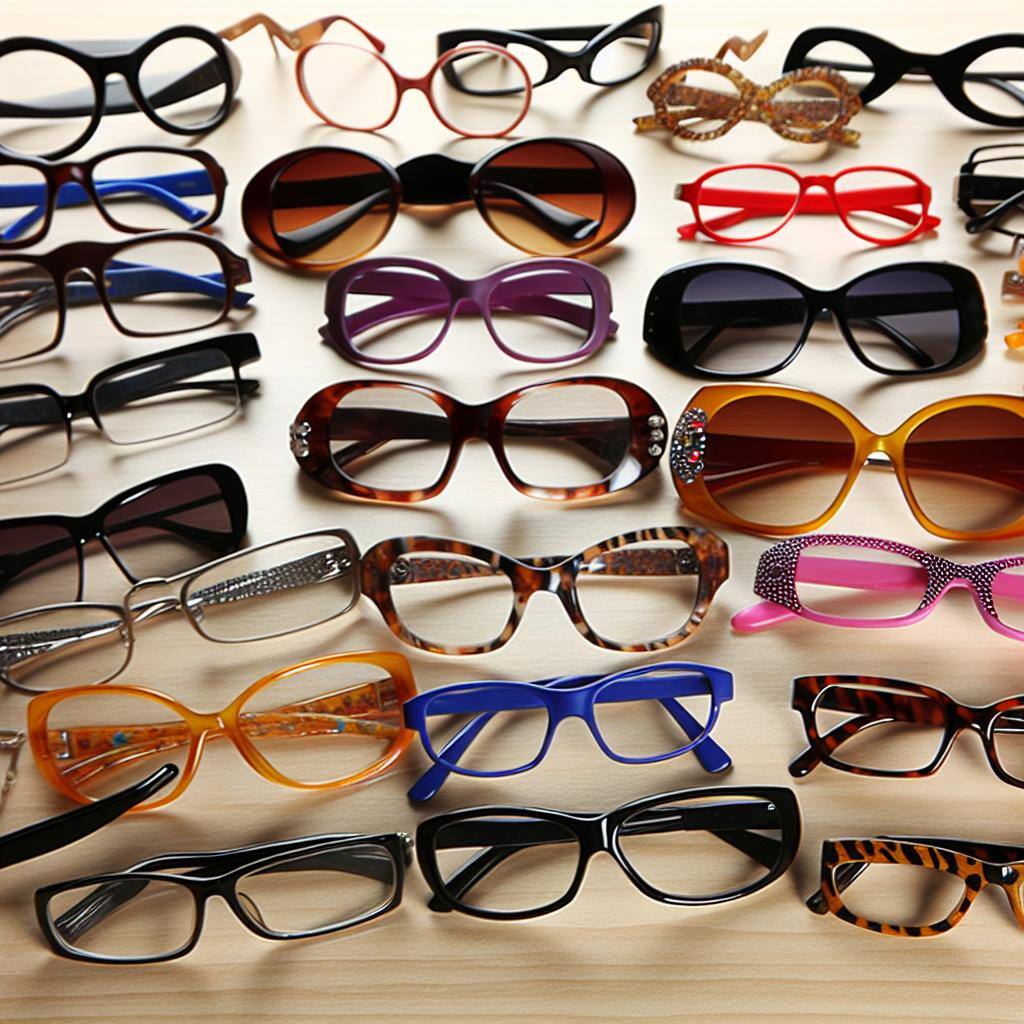
Discover whether you will need reading glasses after undergoing LASIK surgery and how to care for your eyes post-procedure.